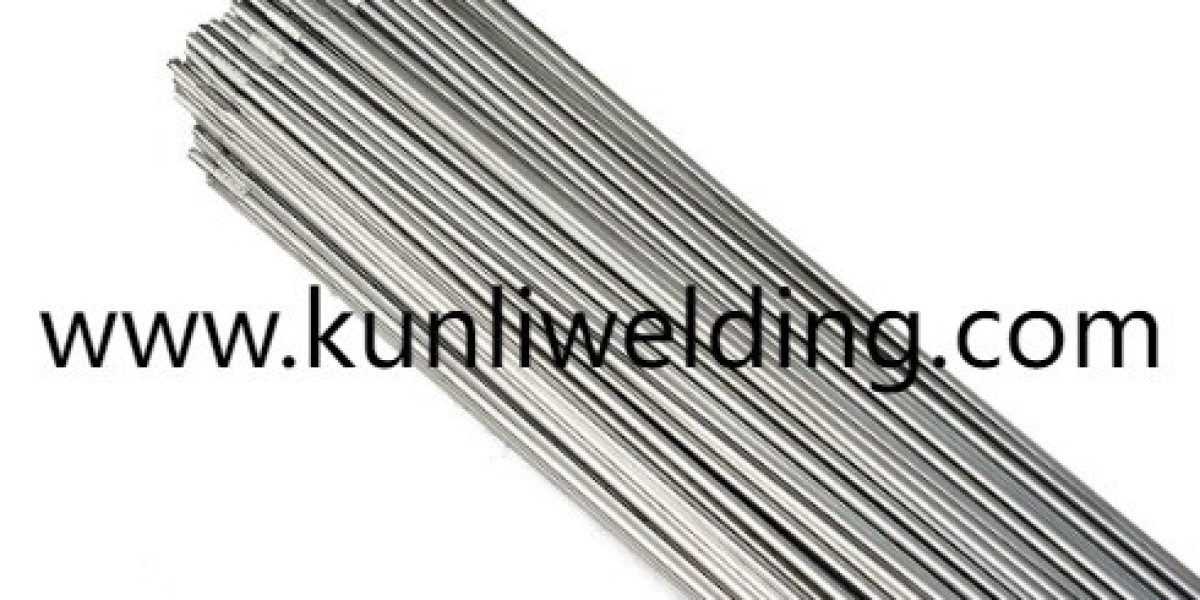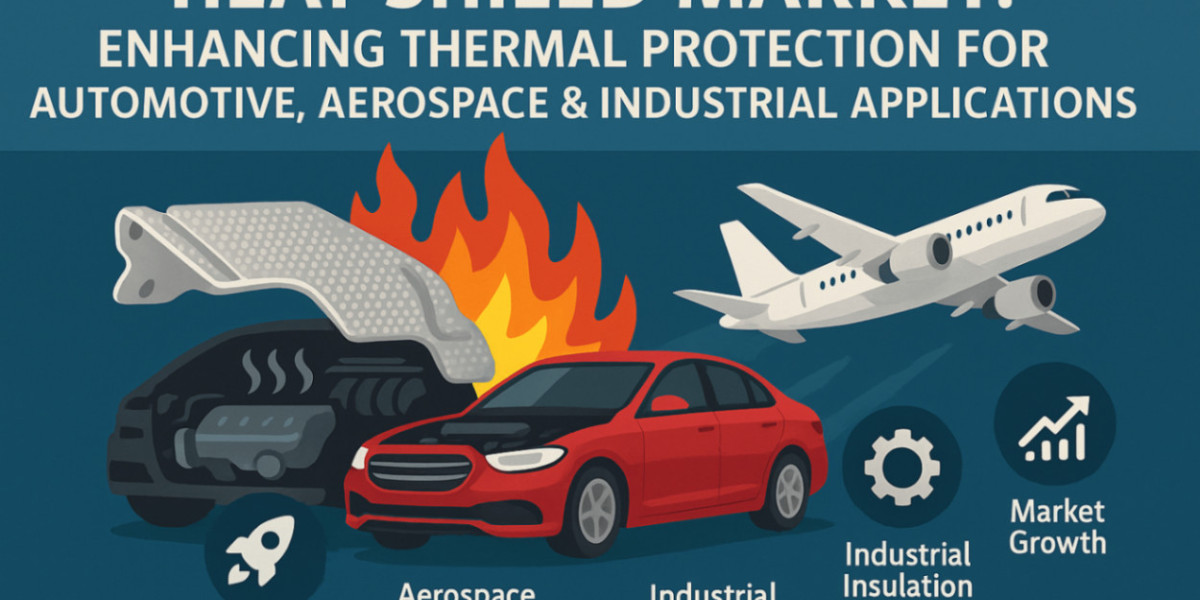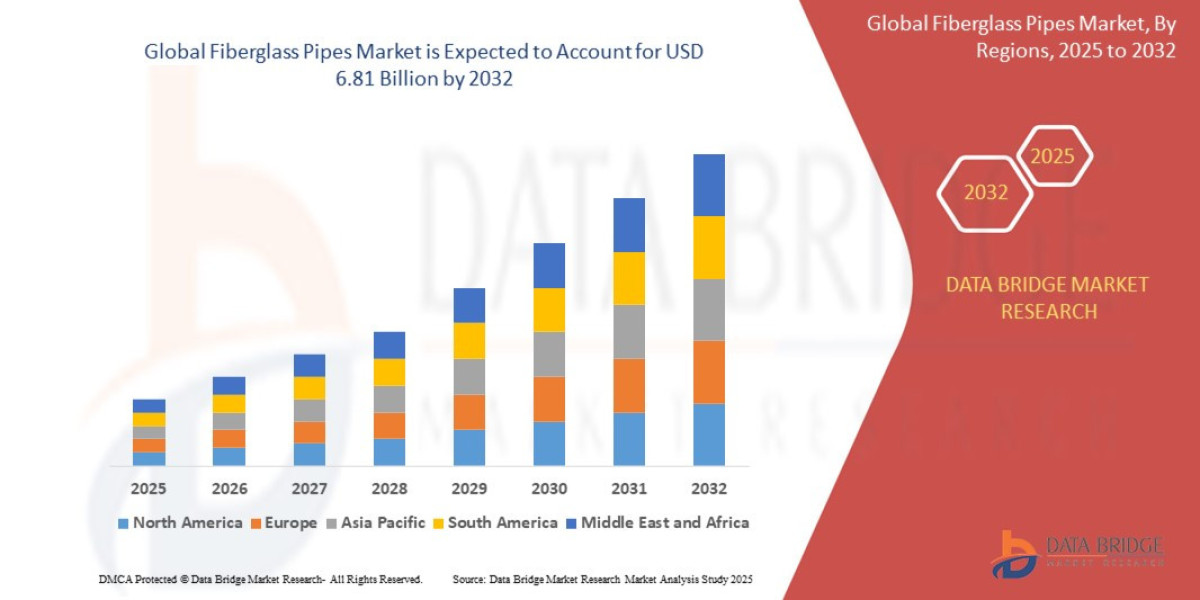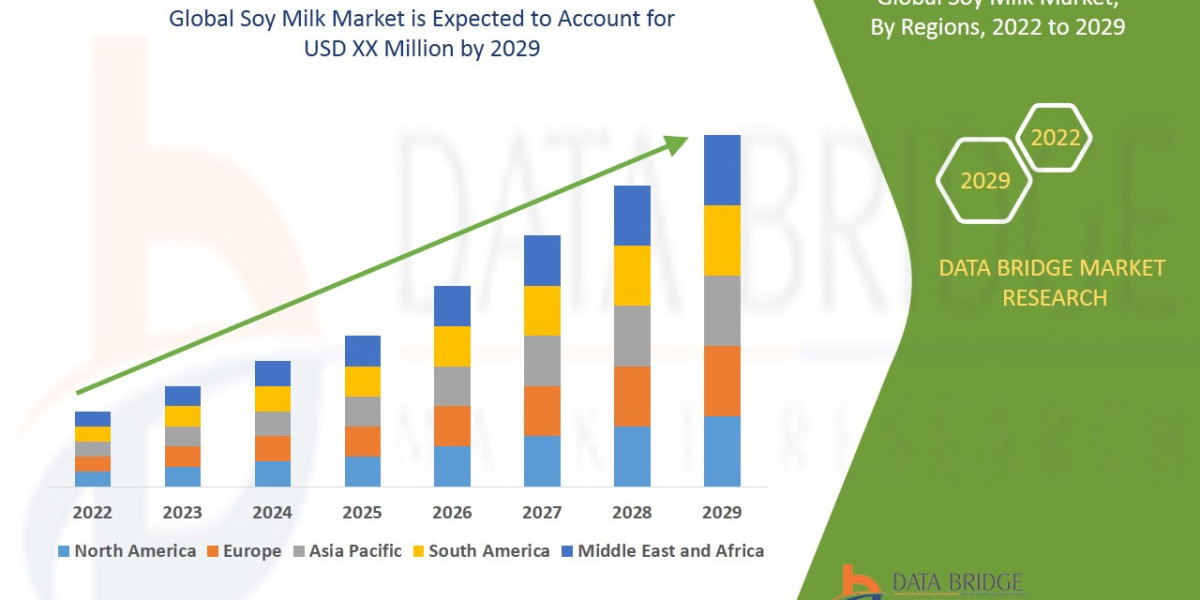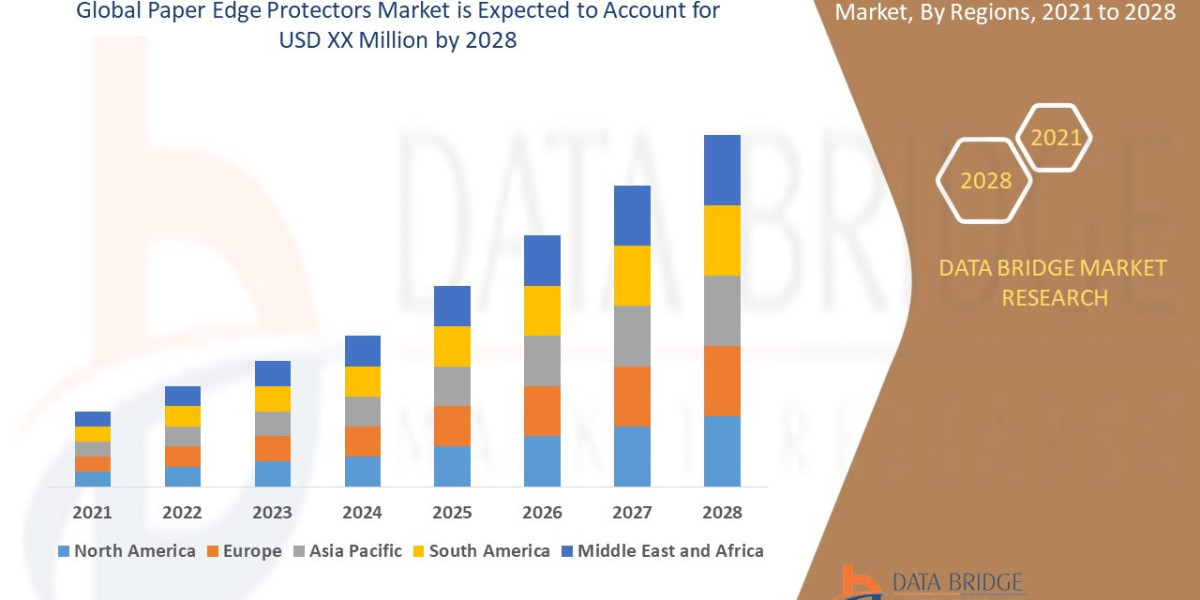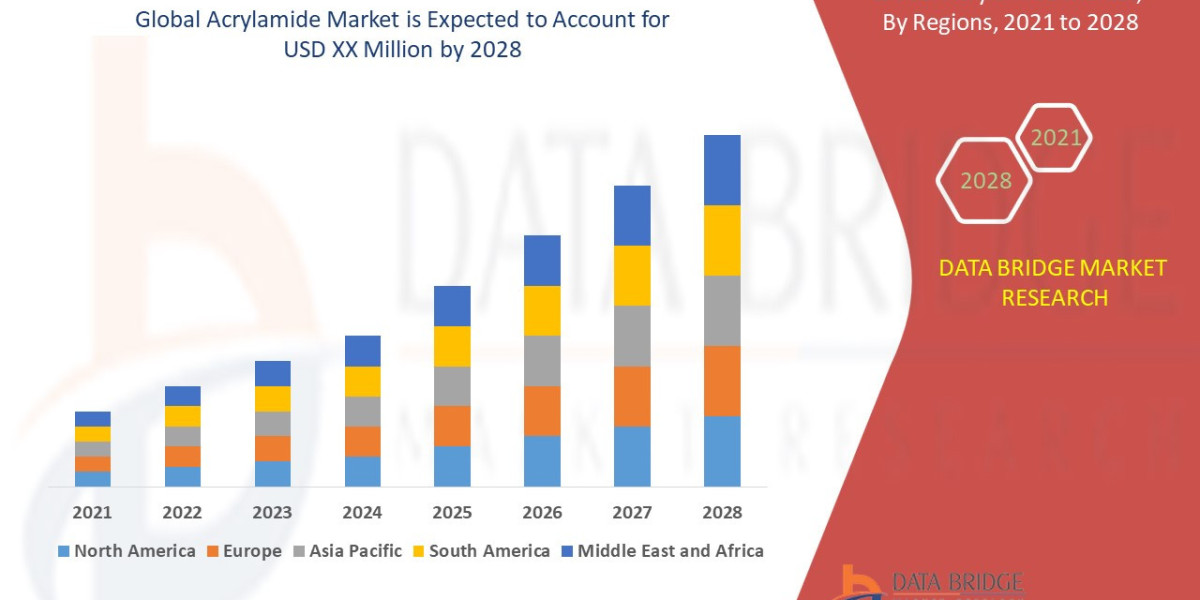When it comes to selecting aluminum MIG wires for welding, understanding the specific alloy composition is essential. Aluminum Mig Wire Manufacturers offer a range of wire options, including the widely used 4043 and 5356 alloys. These two alloys are frequently chosen for their excellent performance in various welding applications, particularly in the automotive, aerospace, and construction industries. While both alloys are designed for welding aluminum, each has unique characteristics that make it more suitable for specific applications.
Aluminum MIG Wire 4043 is known for its versatility and is often used in welding aluminum alloys such as 6061 and 5052. It contains a silicon additive, which helps to lower the melting point of the wire and results in smoother welds with less spatter. This makes it ideal for applications where clean, aesthetic welds are a priority. It also offers excellent fluidity, making it easier to achieve high-quality welds in thin aluminum sections. However, it is not suitable for applications where higher strength and resistance to cracking are required, such as in critical structural components.
On the other hand, Aluminum MIG Wire 5356 is a magnesium-based alloy, offering increased strength and better corrosion resistance, particularly in marine environments. It is often used for welding higher-strength aluminum alloys such as 5083 and 5456, making it a top choice for more demanding applications. 5356 wire provides excellent toughness and resistance to cracking under stress, making it more suitable for welding heavy-duty structural components. However, it has a higher melting point than 4043 and can require more care during the welding process to prevent cracking in thicker sections.
The decision between 4043 and 5356 often depends on the specific needs of the project. If the focus is on aesthetics and ease of use in thin aluminum sections, 4043 is a solid choice. However, for stronger, more durable joints, particularly in environments subject to corrosion or high stress, 5356 is likely the better option. Understanding these differences can help fabricators make more informed decisions when sourcing from Aluminum MIG Wire Manufacturers.
One of the key considerations in choosing between these two alloys is the environment in which the welded structure will be used. For example, in marine and offshore applications, Aluminum MIG Wire 5356 is the preferred choice due to its exceptional resistance to saltwater corrosion. For automotive or architectural applications where visual appeal is crucial, 4043 is often the go-to option because of its clean welds and lower spatter.
It is also important to consider the welding parameters when choosing between 4043 and 5356. 4043 wire performs well with lower heat input, making it suitable for thin materials. However, 5356 wire requires higher heat input and more careful temperature management during welding to avoid cracking or distortion. In both cases, controlling heat input and using the appropriate shielding gas are essential for achieving the best results.
Ultimately, selecting the right aluminum MIG wire depends on several factors, including the materials being welded, the strength requirements, the environment, and the desired appearance of the weld. Aluminum Welding Wire ER5183 is another excellent option for projects requiring high-strength welds, offering a solid balance of strength, weldability, and corrosion resistance, and is an excellent choice for high-stress structural applications.
By working with experienced Aluminum MIG Wire Manufacturers and understanding the differences between these alloys, fabricators can ensure that they are selecting the right wire for the job, minimizing defects, and achieving strong, durable, and aesthetically pleasing welds. For a closer look at Aluminum Welding Wire ER5183 and other welding wire options, visit the supplier pages at www.kunliwelding.com .
